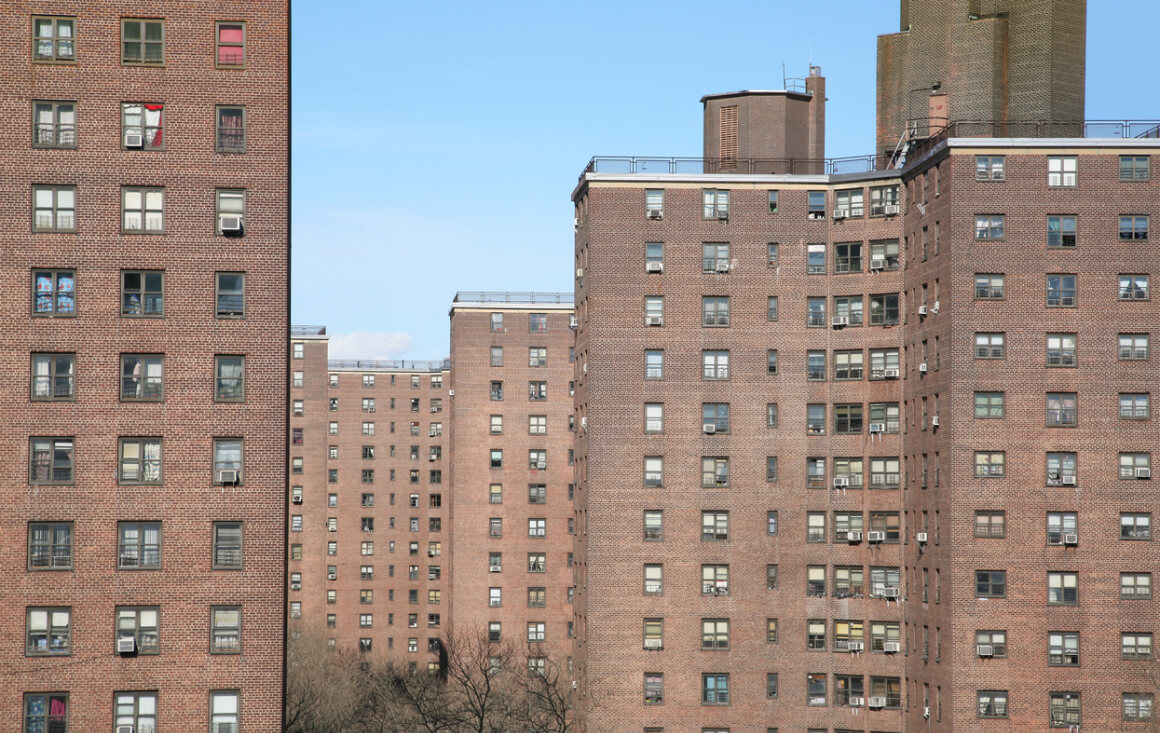A Legal Breakdown for Practitioners and Affected Families
Introduction:
The case of E.S. v. Windsor Owners Corp., 2024 Slip Op 00267 (1st Dept 2024) provides insight into co-operative corporations’ potential legal liabilities under New York City Local Law 1 of 2004. The New York State Supreme Court’s Appellate Division, First Department, granted summary judgment to the plaintiff, a child who was lead poisoned in the cooperative apartment on the issue of liability, setting the stage for a damages-only trial. This analysis gives an overview of the case, highlighting the real-life application of Administrative Code §27-2056.15(c) and its implications for both legal practitioners and families impacted by lead poisoning.
Case Overview:
Involving an illegal sublet in a cooperative apartment, E.S. v. Windsor Owners Corp. addressed the issue of a landlord’s responsibilities to a child 6 years or less of age within the City of New York under Local Law 1, of 2004, in scenarios where the cooperative shareholder may not reside in the apartment. This case is significant in interpreting the exception created by Administrative Code §27-2056.15(c), which reads: “[…] this article shall not apply to a dwelling unit in a cooperative or condominium building where the owner or purchaser of the shares of the cooperative corporation or the condominium unit resides within the dwelling unit.”
Summary Judgment on Liability:
The court’s decision to grant summary judgment on liability is pivotal. It underscores the strength of the plaintiff’s arguments regarding the landlord’s failure to comply with Local Law 1, leaving only the assessment of damages for trial.
Legal Interpretation of “Occupied”:
A central issue in E.S. v. Windsor Owners Corp. was the definition of “occupied” in the context of Administrative Code §27-2056.15(c). The court’s analysis, referencing the NYC Rent Stabilization Law, played a key role in interpreting this term. The court’s interpretation suggested that the law’s application is limited strictly to scenarios where the owner resides in the apartment in a manner commonly understood as occupancy, which did not apply in this case. This interpretation is instructive for understanding the extent of landlords’ responsibilities under Local Law 1.
Court’s Analysis of Residency:
The court described the shareholder’s use of the apartment as “fleeting, transient, and serendipitous,” thereby concluding that such occasional stays did not constitute residency or occupation as intended by the law. This analysis is crucial as it expands the understanding of what is considered occupation or residency under Local Law 1 and influences how landlords in cooperative apartments must approach lead remediation responsibilities.
Notice to the Landlord and Remediation Obligations:
The court found that interactions with the doormen, scheduled repairs in the apartment, and the superintendent seeing the child were sufficient to provide notice to the landlord. This finding is in line with the legal standards established in Yaniveth R. v. LTD Realty Co., 27 NY3d 186 (2016), where the Court of Appeals addressed the extent of a landlord’s duty to investigate and remediate lead hazards. The court’s decision in E.S. v. Windsor Owners Corp. emphasizes that such notice, even without formal communication, obligates the landlord to act under Local Law 1.
Implications for Landlords and Tenants:
For landlords, particularly in cooperative buildings, this decision highlights the need for vigilance in recognizing and acting upon potential lead hazards, regardless of the occupancy status of the apartment. For tenants and families affected by lead poisoning, the case underscores their legal protections and the avenues available for holding landlords accountable.
Guidance for Legal Practitioners:
Legal professionals handling cases involving lead poisoning and landlord liabilities can draw significant insights from E.S. v. Windsor Owners Corp. It outlines the importance of a keen and deep understanding of the specific provisions of the law.
Conclusion:
E.S. v. Windsor Owners Corp. is an instructive case for families in the Boroughs of Manhattan, Bronx, Brooklyn, Queens and Staten Island, in grappling with lead poisoning issues and for legal practitioners navigating landlord-tenant disputes in New York City. It provides a clearer understanding of landlord obligations under Local Law 1 and reinforces the need for proactive measures in safeguarding tenant health and safety. This case focused on the unique set of laws that apply to childhood lead poisoning cases within the City of New York as distinguished to common law principals of liability which would apply outside the City of New York or in cases that Local Law 1 may not apply.
We welcome your legal questions for topically relevant articles in the future. Feel free to compose a question – it may be addressed in future articles. Email Question
Free Case Evaluation
Fill Out The Form Below To Find Out If You Have A Case.
Thank you for contacting us. One of our colleagues will get back to you shortly.



